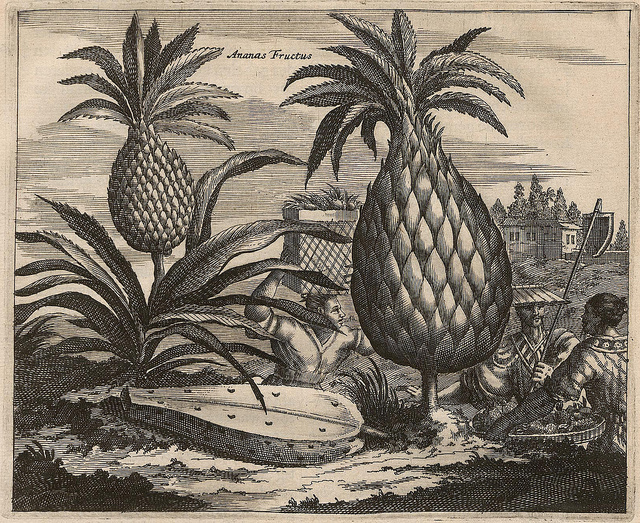
Can a European who never leaves Europe ever have the slightest clue what China is like? It turns out the answer is maybe.
Olfert Dapper (1635-1689) was an Amsterdam clergyman and doctor who never traveled abroad but nonetheless produced literature and art about places far, far away. Yesterday, the website BiblioOdyssey – linked to by io9 – posted several of Dapper’s 17th-century engravings of China, which he created based off sources such as other people’s firsthand accounts (and, we’re guessing, some authentic Chinese art). Some images are fascinating, such as Dapper’s pretty accurate depiction of fishing cormorants; other images are strange, like pineapples. All in all, the works simultaneously offer insight into 17th-century China and Europe: perception, after all, is a two-way street.
According to the Olfert Dapper Foundation, Dapper’s works avoid “all ethnocentric connotations” and aren’t “just a compendium of exotic curiosities” — though we’ll let you be the judge of that. After the jump, a few samples from “Description of China”; the complete collection can be found at BiblioOdyssey (behind the Great Firewall, unfortunately).

























































The giant pineapples are not so strange. Merely a forecast of the chemically-altered produce found in today’s Chinese markets
Did people regularly ride atop birds in early Qing China?
It seems Dapper was a bit too willing to believe what he was told, proving that online trolls have been around even before the Internet.
I thought the flew on pigs… Flying pigs! hahaha!
According to the linked sources, Dapper just did the writing, while someone else did the illustrations.
The dragon motifs in the second picture are rather un-Chinese. And it’s also interesting to see the very un-Qing dress and hairstyles. By the 1670s, Southern Ming had fallen and the men would have been wearing queues. I’m guessing the sources of Dapper’s recount were probably at least a few decades old.